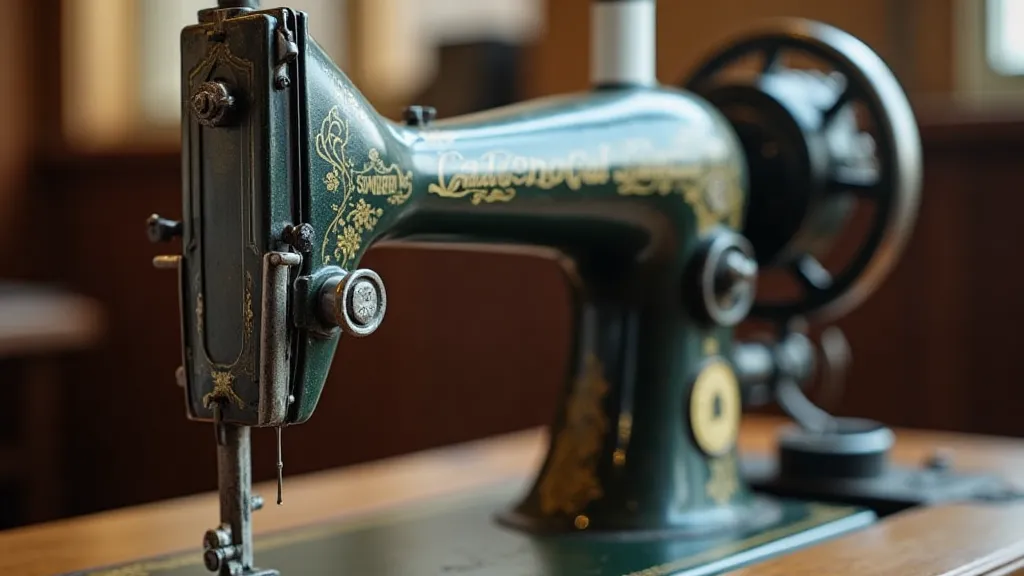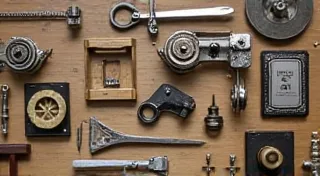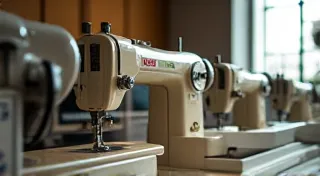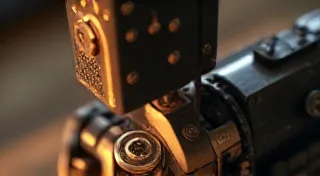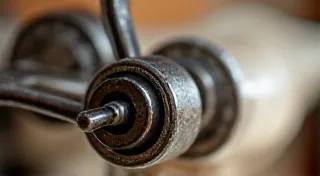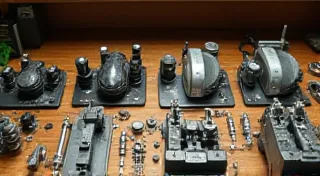Sourcing Vintage Sewing Machine Parts: A Beginner's Guide to Finding What You Need
Restoring vintage sewing machines is a rewarding hobby, connecting you to a rich history of craftsmanship and ingenuity. However, a common hurdle for restorers is locating the necessary parts. Original components are often scarce, and the challenge of finding authentic replacements can be daunting for beginners. This guide provides a comprehensive look at where to find vintage sewing machine parts, along with tips to ensure you’re getting what you pay for.
Understanding the Challenge: Authenticity and Availability
Before diving into sourcing, it's crucial to understand the landscape. Parts for antique sewing machines are often unavailable from manufacturers – many companies have ceased production for decades. This means relying on the secondary market and often needing to be resourceful. Here’s what to consider:
- Authenticity is Key: Fake or reproduction parts exist. Learning to identify genuine components is essential. We’ll cover identification tips later in this article.
- Rarity Drives Price: Common parts might be relatively inexpensive, while rare or specific components can command a premium.
- Condition Matters: Parts can range from pristine (unused original) to heavily worn or damaged. Assess your needs and budget accordingly. A rusty part can often be restored, but a broken part may be harder to find or repair.
Where to Find Vintage Sewing Machine Parts: A Breakdown of Options
Let's explore the most common avenues for sourcing parts, weighing their pros and cons:
1. eBay: The Vast Marketplace
eBay is often the first place most restorers look, and for good reason. It offers an enormous selection of vintage sewing machine parts. However, it also requires diligence and careful evaluation.
- Pros: Huge selection, competitive pricing, potential to find rare items.
- Cons: Risk of misrepresentation, difficulty verifying authenticity, shipping costs can be significant, auction format requires patience and research.
- Tips: Thoroughly examine photos, read descriptions carefully, check seller feedback, ask questions before bidding or buying. Use specific search terms (e.g., “Singer 66-13 bobbin case” rather than just “sewing machine part”).
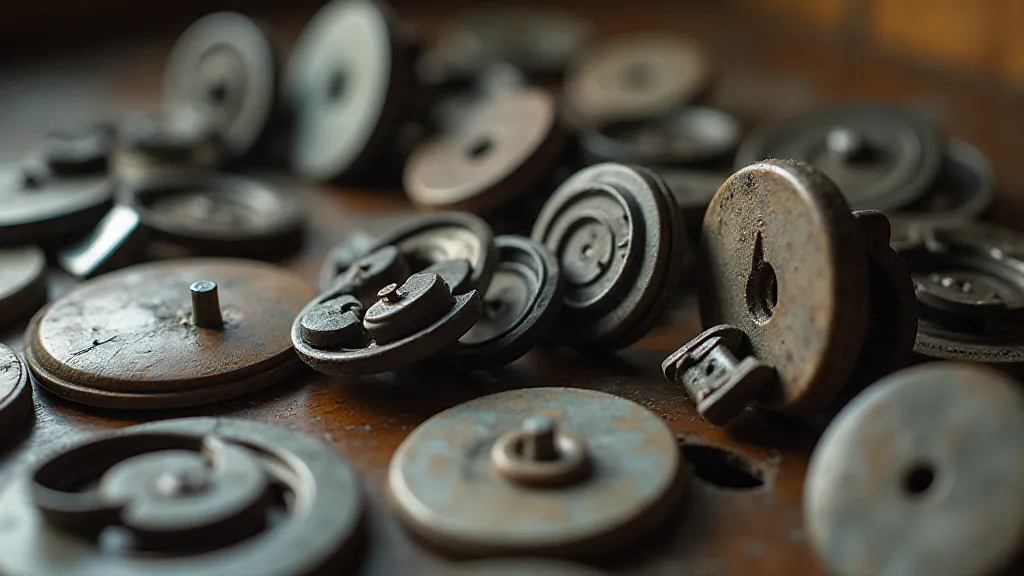
2. Etsy: A Treasure Trove of Smaller Vendors
Etsy offers a slightly different feel compared to eBay. It’s often populated with smaller vendors specializing in vintage items, including sewing machine parts.
- Pros: Potential to find unique and harder-to-find parts, often sellers are knowledgeable and willing to provide information.
- Cons: Prices can be higher than eBay, selection may be more limited.
- Tips: Look for sellers who specialize in vintage sewing machine parts, read shop reviews, and communicate with the seller to confirm authenticity.
3. Antique Shops and Flea Markets
While less reliable for consistently finding specific parts, antique shops and flea markets can occasionally yield surprising finds. These offer a tactile experience and the chance to examine parts in person.
- Pros: Potential to find original parts at good prices, ability to physically inspect the part before purchase.
- Cons: Requires considerable time and effort, selection is unpredictable.
- Tips: Be prepared to haggle, and take a magnifying glass to examine parts closely.
4. Online Forums and Communities
Numerous online forums and communities dedicated to vintage sewing machines offer a valuable resource for sourcing parts. These platforms often have members selling parts, or offering advice on where to find them.
- Pros: Access to knowledgeable collectors and restorers, potential to find rare parts, opportunity to build connections.
- Cons: Requires membership and participation, can be difficult to navigate the forums.
- Tips: Introduce yourself, be polite, and demonstrate genuine interest in the hobby.
5. Donor Machines
Acquiring a “donor” machine – a non-working machine that is being sold for parts – can be a cost-effective solution for sourcing multiple components.
- Pros: Access to a wide range of parts, potentially lower cost per part.
- Cons: Requires additional space to store the donor machine, parts may be worn or damaged.
- Tips: Carefully inspect the donor machine before purchase, and make a list of the parts you need.
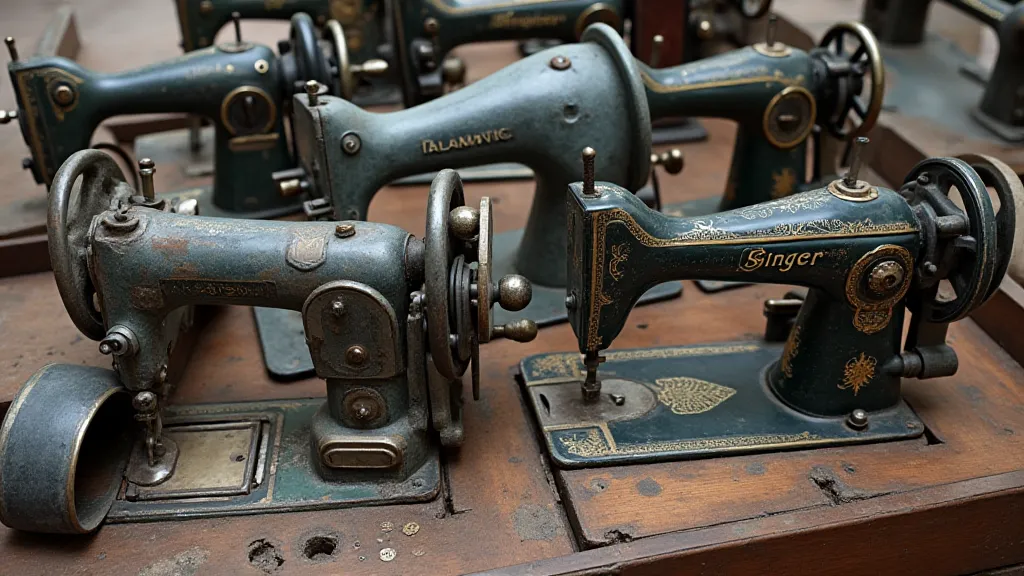
Identifying Authentic Parts: Avoiding Scams and Misrepresentation
Due to the demand for vintage sewing machine parts, it's crucial to develop skills to identify genuine components. Here are some key things to look for:
- Markings: Original parts are usually stamped or cast with the manufacturer’s name and model number. Look for crisp, clear markings.
- Material: Familiarize yourself with the materials used in original parts (e.g., cast iron, steel, brass). Reproduction parts may use inferior materials.
- Finish: Original parts often have a characteristic patina or finish that reflects their age. Be wary of parts that appear overly polished or new.
- Design Details: Compare the part to photos and diagrams of original parts. Look for subtle design details that distinguish authentic parts from reproductions.
- Research: Utilize online resources (forums, collectors' websites) to compare parts and learn about identifying features.
Reputable Suppliers: A Starting Point
While comprehensive listing is impossible, here are a few known sources. *Always* do your own research before purchasing.
- Singer Parts Plus: Specializes in Singer sewing machine parts.
- Sewing Machine Depot: Offers a wide variety of parts for different brands.
- eBay and Etsy: (as mentioned above, but be diligent!)
Conclusion: Patience and Persistence are Key
Sourcing vintage sewing machine parts requires patience, persistence, and a willingness to learn. While the hunt can be challenging, the satisfaction of restoring a piece of history is well worth the effort. By understanding the landscape, utilizing the resources outlined above, and developing your ability to identify authentic parts, you’ll be well-equipped to find what you need and bring your vintage sewing machine restoration project to life.
